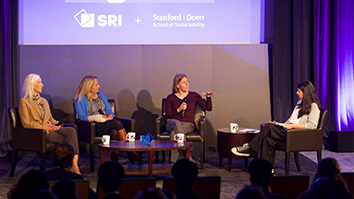Citation
Luong, Q.-T. and Viéville, T. Canonical representations for the geometries of multiple projective views. Computer Vision, Graphics, and Image Processing, vol. 64, no. 2, pp. 193-229, 1996.
Abstract
This work is in the context of motion and stereo analysis. It presents a new unified representation which will be useful when dealing with multiple views in the case of uncalibrated cameras. Several levels of information might be considered, depending on the availability of information. Among other things, an algebraic description of the epipolar geometry ofNviews is introduced, as well as a framework for camera self-calibration, calibration updating, and structure from motion in an image sequence taken by a camera which is zooming and moving at the same time. We show how a special decomposition of a set of two or three general projection matrices, called canonical, enables us to build geometric descriptions for a system of cameras which are invariant with respect to a given group of transformations. These representations are minimal and capture completely the properties of each level of description considered, Euclidean (in the context of calibration, and in the context of structure from motion, which we distinguish clearly), affine, and projective, that we also relate to each other. In the last case, a new decomposition of the well-known fundamental matrixis obtained. Dependencies, which appear when three or more views are available, are studied in the context of the canonic decomposition, and new composition formulas are established. The theory is illustrated by tutorial examples with real images.


